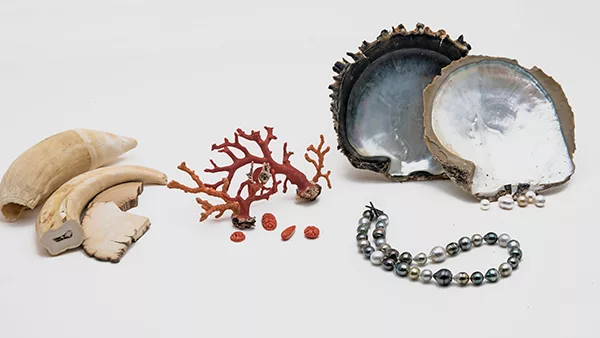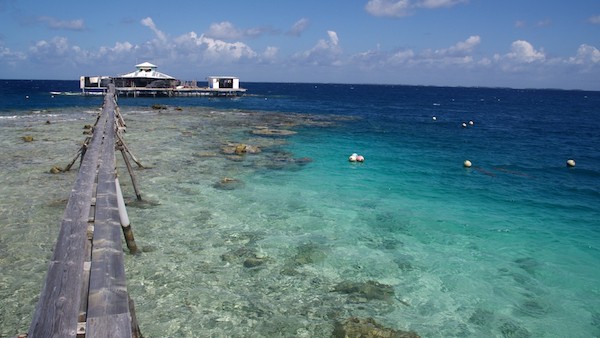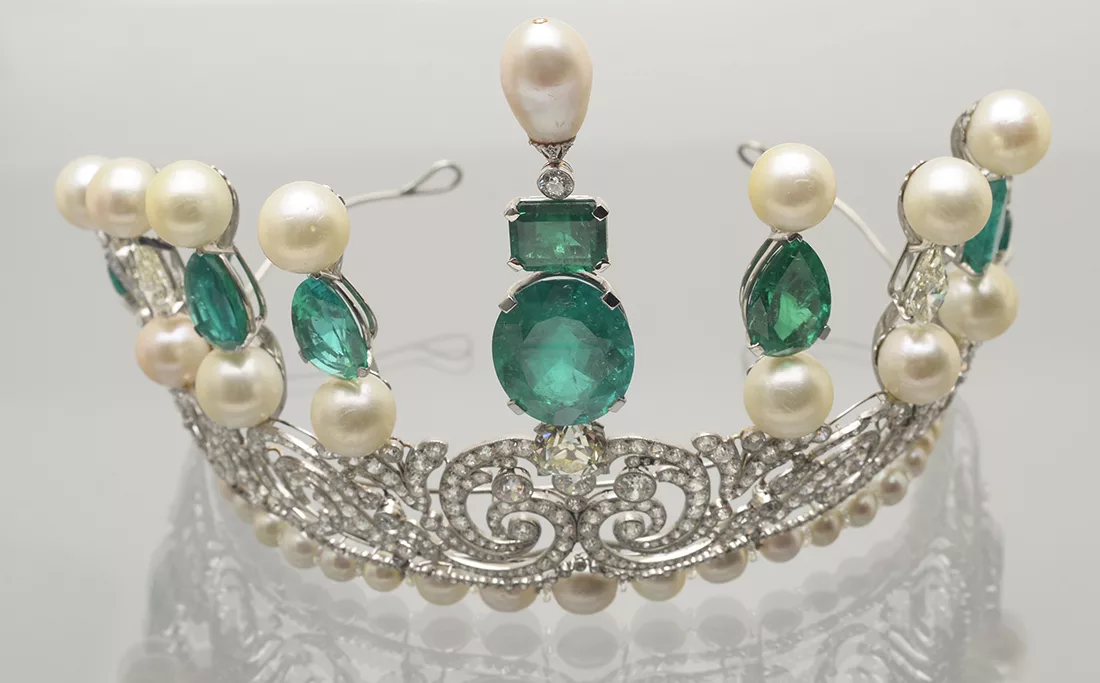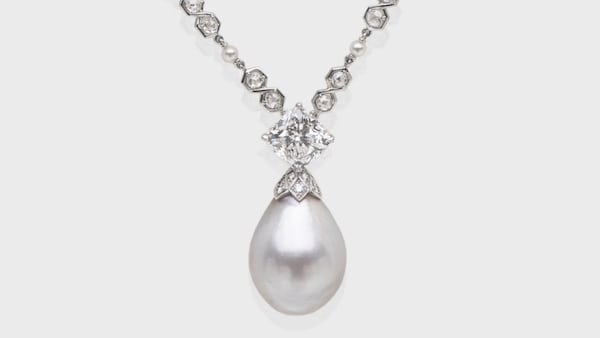
Queen Mary pearl: age dating & DNA fingerprinting
by Dr. A. Sato & Dr. L.E. Cartier, first published in Facette 28 (May 2023)
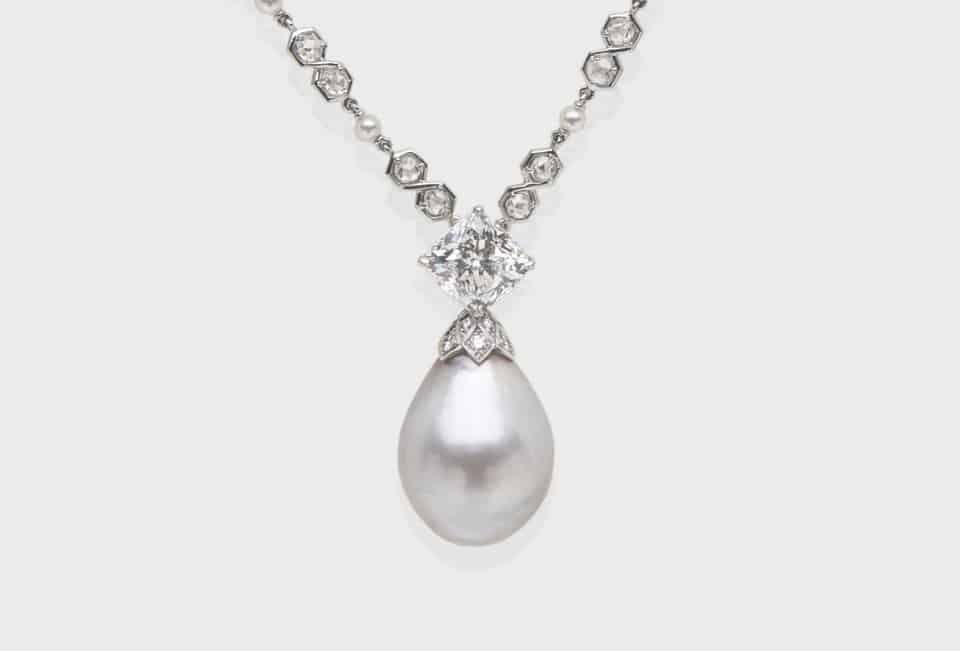
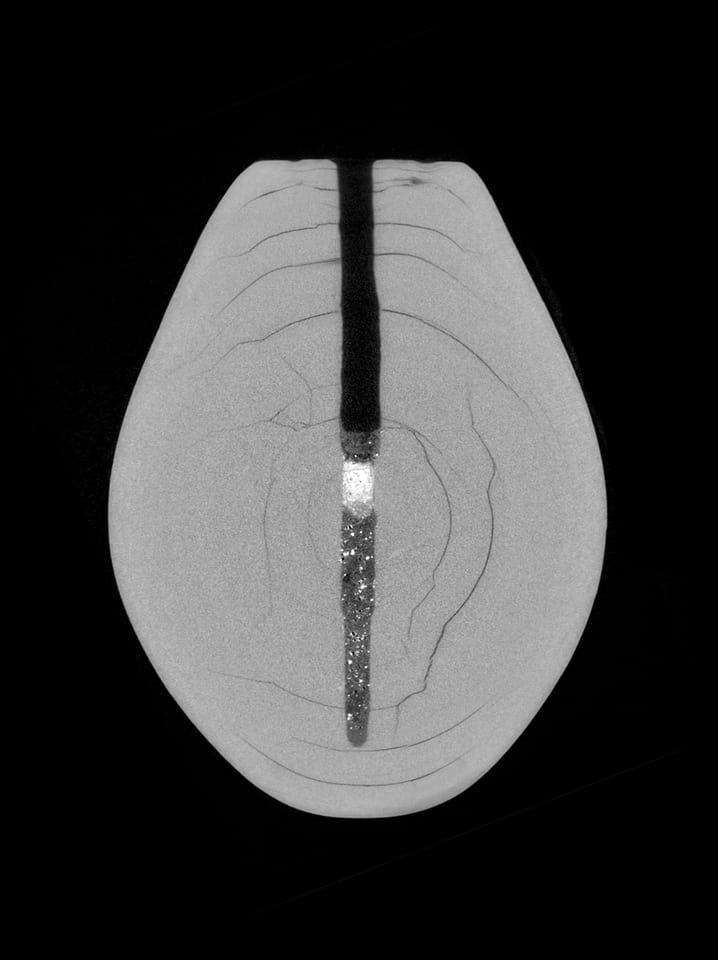
As it was submitted as an unmounted loose pearl, we were not only able to do a full X-ray tomographic study of the internal structures of this historic pearl (Figure 2), but also to take minute nacre powder samples (about 20 mg in total) from within the pre-existing drill-hole for DNA fingerprinting and radiocarbon age dating analyses. Radiocarbon dating is a scientific method used to determine the age of materials containing 14C, an unstable isotope of carbon. This method was developed in the late 1940s by Willard F. Libby, who received the Nobel Prize in Chemistry in 1960 for his ground-breaking research on radiocarbon dating. Since then, this method has become a standard tool for archaeologists, historians, and geoscientists and is offered by SSEF as a service to our clients since many years. The results of the radiocarbon dating performed at a specialised research laboratory of the Swiss Federal Institute of Technology in Zurich reveals a historic age for the analysed pearl. As it is often the case with radiocarbon dating, the determined age indicates a period in history rather than a precise date. Based on our data, the pearl probably formed between 1707 and 1876 A.D. in coastal waters along the Paci c coast of Mesoamerica. A recent formation in the mid to late 20th or early 21st century, however, can be excluded. In addition, the Swiss Gemmological Institute SSEF in collaboration with the forensic Institute of the University Zurich carried out DNA fingerprinting on the pearl to determine its species, using a method first developed by SSEF for pearls (Meyer et al., 2013) and precious corals (Lendvay et al., 2020). The resulting DNA analysis unambiguously revealed that the Queen Mary Pearl belongs to the Pinctada mazatlanica species, commonly known also by the name Panama pearl oyster or La Paz pearl oyster. This species is found o the Paci c coast of Mesoamerica from the Baja California (Mexico) to Ecuador and northern Peru (Figure 3).
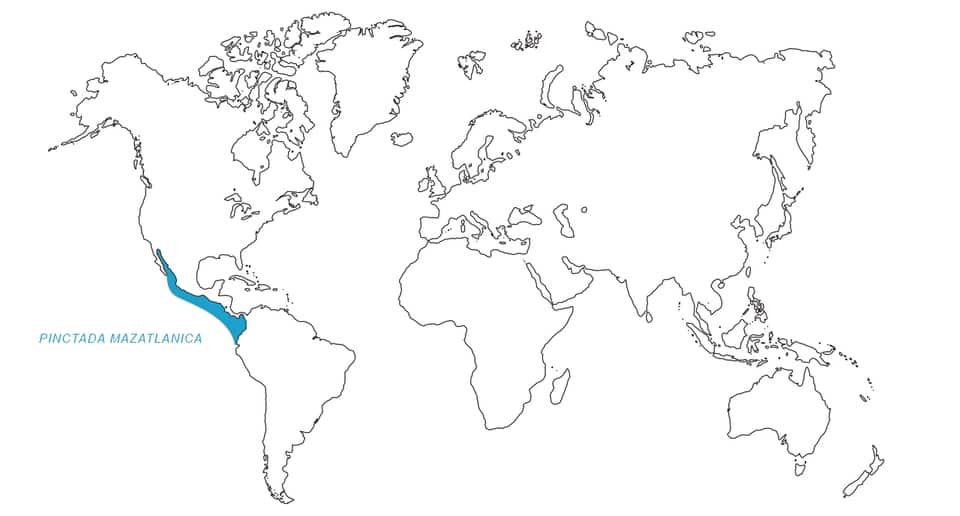
Pearl oyster fishing of Pinctada mazatlanica began in the Americas long before the arrival of the Spanish in the 15th century, as local indigenous cultures already collected these pearls and oyster shells. Traded and treasured also by European royal courts, these pearls became quickly very fashionable. They were set in historic noble and royal jewellery and remain highly appreciated in the pearl and jewellery trade until today. Having been able to not only investigate in detail the nature of this important pearl scientifically, but actually contributing and confirming the historical provenance of the Queen Mary Pearl has been a fascinating venture and voyage in time.
Want to learn more about pearls?
Start your journey to becoming an pearl expert with our free online course “Introduction to pearls”. Learn all about pearls. Their fascinating history, how they form, where they come from. Learn about all the different origins of pearls and their treatments. Take this course as an introduction to the wonderful world of pearls.
